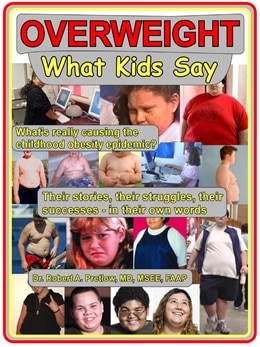
New data shows a surprising shift in America’s health landscape: fewer adults are obese today compared with just a few years ago. According to a new Gallup National Health and Well-Being Index survey released on October 28, 2025, an estimated 7.6 million fewer adults now meet the clinical definition of obesity than in 2022.
GLP-1 drugs may be part of the reason
The national adult obesity rate — defined as having a body mass index (BMI) of 30 or higher — has dropped from 39.9% in 2022 to 37% in 2025, Gallup found. It’s a modest but meaningful decline after decades of steady increases.
Experts suggest that a major contributor could be the growing use of GLP-1 injectable drugs, such as Ozempic and Wegovy. These medications, approved by the U.S. Food and Drug Administration for weight loss in 2021, help regulate appetite and make people feel fuller longer — resulting in significant weight reduction for many users.
A rapid surge in weight-loss drug use
In just the past year, GLP-1 use among adults more than doubled, according to Gallup. About 12.4% of respondents now say they use these drugs, compared with 5.8% in early 2024, when the survey first began tracking them.
The popularity of these injectables has soared so much that nine in 10 Americans are now aware of them, according to separate research from the Pew Research Center. Over half of U.S. adults believe that using GLP-1s for weight loss is a good idea.
At the same time, Medicaid coverage for these drugs has expanded: 13 states now fully cover GLP-1s for obesity treatment. However, major disparities remain — access to the drugs still varies widely across income levels, racial groups, and regions, as some research indicates. Some people even attempt to make GLP-1 compounds at home to cut costs, raising safety concerns. Yes, really. It’s called “gray GLP-1s,” or just “gray.” And we’ll look at it soon.
Experts say that a stronger insurance and pricing framework could make GLP-1 treatments more accessible and sustainable in the long run, potentially cementing them as a cornerstone of America’s obesity strategy.
Diabetes hits a record high
Even as obesity rates fall, the picture isn’t entirely bright. The same Gallup survey found that diabetes diagnoses have reached an all-time high of 13.8% among U.S. adults.
Among those with diabetes, 14.1% said they use GLP-1 drugs — a slightly higher rate than among the general adult population. While the medications can improve blood sugar control and aid weight management, they aren’t a cure. Experts caution that genetics, environment, and lifestyle choices still play major roles in both obesity and diabetes risk. GLP-1s are one tool among many — not a silver bullet.
Health beyond the injection
The findings highlight an important truth: While medical advances can make weight loss easier, lasting health improvements still depend on holistic habits. Balanced nutrition, regular physical activity, and preventive healthcare remain essential.
Your responses and feedback are welcome!
Source: “The obesity rate in the US has declined. Are GLP-1s responsible?,” USA TODAY, 10/28/25
Source: “Uptake of and Disparities in Semaglutide and Tirzepatide Prescribing for Obesity in the US,” JAMA Network, 4/29/25
Image by Moe Magners/Pexels

 FAQs and Media Requests:
FAQs and Media Requests: 











